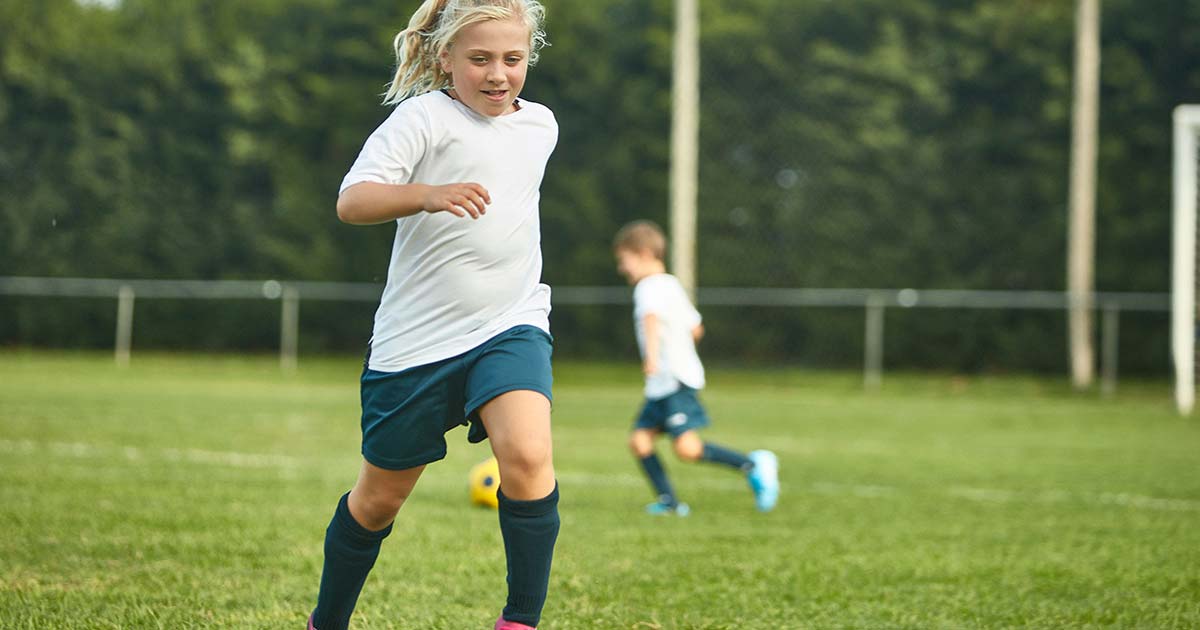
Advice to improve your movement, fitness, and overall health from the #1 in orthopedics in the U.S.
How to Choose the Right Sport for Your Child
Consider these three factors when helping your child decide what sport to pursue.
Advice to improve your movement, fitness, and overall health from the #1 in orthopedics in the U.S.

In partnership with the Aspen Institute’s Project Play and a diverse group of sport health advisors, experts from the HSS Sports Medicine Institute developed a tool for parents called the Healthy Sport Index that allows users to rank the relative importance of certain criteria to generate a personalized recommendation for which sports are the best match for their child.
There are three factors to consider when choosing a sport:
- Physical activity. This one seems obvious, but certain sports generate more movement than others. (Think cross-country running versus baseball.) Your child may respond better to a sport with more intense physical demands, or shorter spurts of activity.
- Safety. Beyond just the immediate risk for injury, some sports place greater stress on the body in general, and have more long-term impact on a child’s health.
- Psychosocial benefits. Playing a sport can have a huge influence on an athlete’s behavior, including their emotional, social, and academic skills. This can also vary widely between sports.
The Healthy Sport Index analyses all three aspects across 10 different boys’ and girls’ sports. In one example, cross-country ranks first in terms of physical activity but eighth out of 10 for psychosocial benefits. The tool also provides extra detail about why each sport is ranked a particular way.
When deciding what is most important for your child, think about the areas in which they could see the most benefit from a sport. If all three factors are equally important to you, there are options that accommodate those needs too.
Published 7/11/2021


